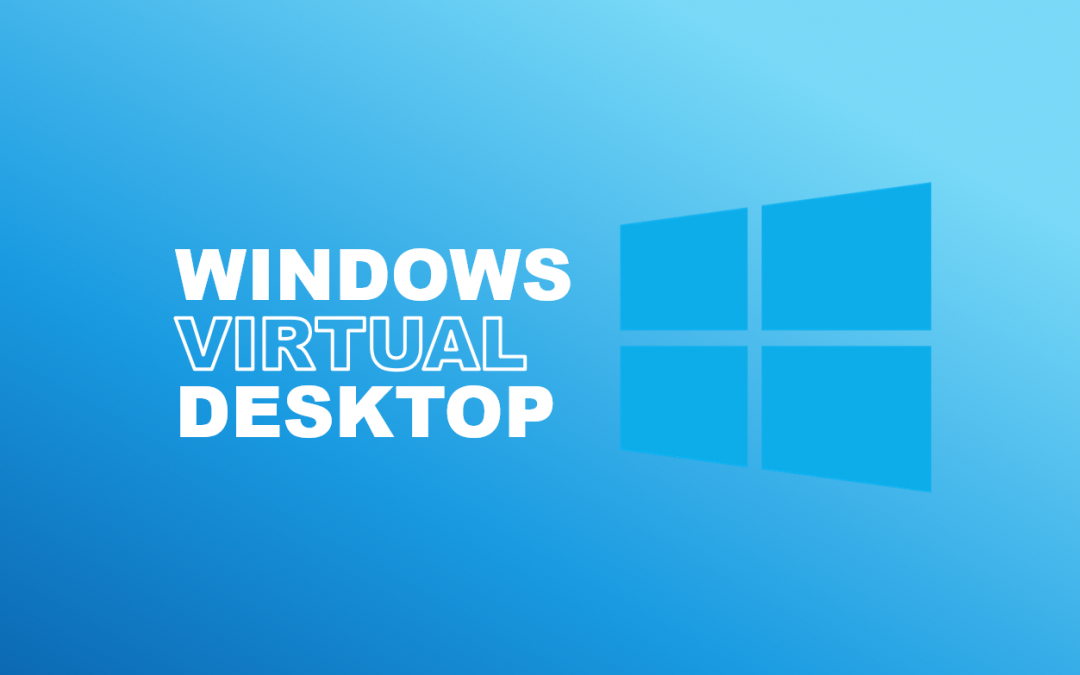| Time to read: About 5 minutes | |
| Intended for: Infrastructure engineers and Desktop Engineers | |
| Key takeaway: In this post I will outline four ways that Microsoft Windows Virtual Desktop (WVD) is a cost-effective alternative to traditional VDI and Remote Desktop Services |
Windows Virtual Desktop Proof of Concept Now Available
The demand to support remote workers has grown exponentially over the past year. Organizations require secure access to resources for remote workers in a format that is familiar to end-users. As the global pandemic has illustrated, rapidly expanding remote access or VDI environments can be challenging. Microsoft Windows Virtual Desktop (WVD) hosted in Azure offers an alternative to traditional VDI and Remote Desktop Services (RDS) without the cost and complexity.
Reduce Capital Expense
Expanding capacity for on-premises VDI and RDS solutions requires additional storage and compute resources. Acquiring and provisioning capacity can be expensive and resource-consuming under normal circumstances. During the pandemic, access to additional equipment can be difficult as most other organizations face the same challenge. The effects of the increase in demand are worsened by the slowing of global supply chains.
Even if the equipment is available, it must be delivered and configured. These steps add time to scale out the environment to meet the increased capacity requirements. There is also the added complexity of social distancing and travel restrictions, making it more complicated to have IT teams deploy and configure new hardware.
With WVD, there are no capital investments, no hardware to deploy, and can be managed anywhere with internet access. Resources are hosted in Azure and billed on a consumption-based pricing model. Services can be increased along with demand, and decreased just as quickly when the need subsides, avoiding the capital expenses and delays for ordering and provisioning on-premises hardware.
Reduce Licensing Cost
Most third-party VDI and RDS solutions have licensing requirements that increase as more users access the environment. Additional licensing adds additional costs when rapidly scaling out to meet the demands of an increasing remote workforce. That is not the case with WVD. The licensing required for a WVD deployment is covered with most existing Microsoft enterprise licensing, avoiding the additional licensing cost of other VDI solutions when scaling out to meet increased demand.
Disaster Recovery and Business Continuity
As we come closer to the end of the global pandemic, many organizations will look for options to prepare for other international, regional, or local disasters. Azure WVD can scale on-demand, with no capital expenses or additional licensing costs. This makes it a good option for Disaster Recovery and Business continuity strategies. There is no need to store spare desktop computers at a remote site to support business continuity in the event of a disaster. Windows Virtual Desktop can be rapidly scaled-up when needed and, just as quickly, scaled-down when no longer needed, only paying for the time used.
Windows Virtual Desktop Proof of Concept
RBA can help organizations looking for a BC/DR solution, or a way to avoid costly licensing and capital expenses associated with on-premises VDI and RDS solutions. RBA offers a WVD proof-of-concept (POC) that will assess readiness for WVD and implement a WVD test environment. The WVD POC provides organizations with a platform to evaluate the features and useability of WVD. See the link below for more details or contact RBA for more information.
Travis Roberts is a Cloud Infrastructure Architect at RBA Consulting, a Microsoft MVP, and author of Zero to Hero with Windows Virtual Desktop at Udemy.com.

